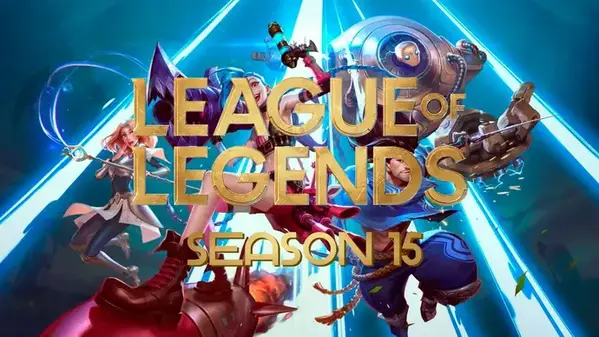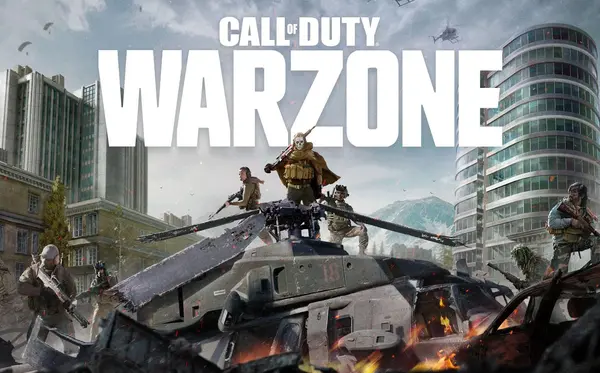Advertisement
Popular Now
Introduction
"Diablo Immortal," Blizzard’s mobile adaptation of the iconic Diablo franchise, brought excitement to fans but also controversy. Since its release, the game has been scrutinized for what many players describe as “pay-to-win” mechanics, where players who spend real money gain advantages. This has led to an imbalance, affecting not only competitive fairness but also player satisfaction and community trust. This article will deeply analyze the pay-to-win issue in Diablo Immortal, discussing how it affects gameplay, the player base, and Blizzard’s reputation.
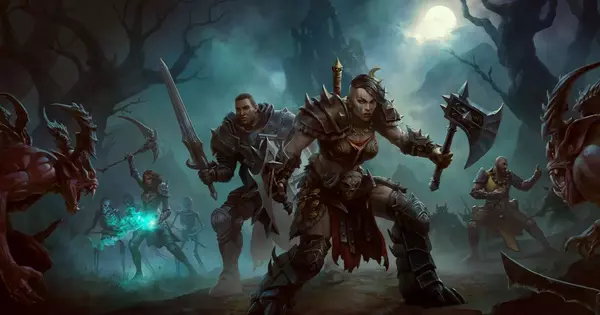
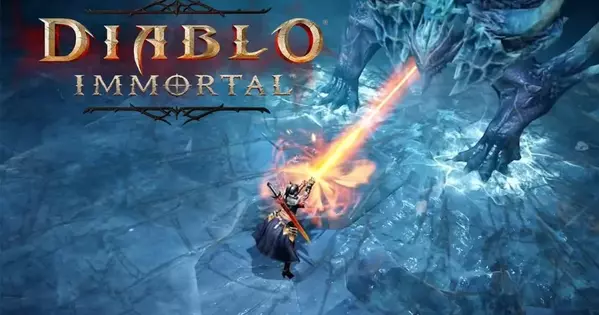
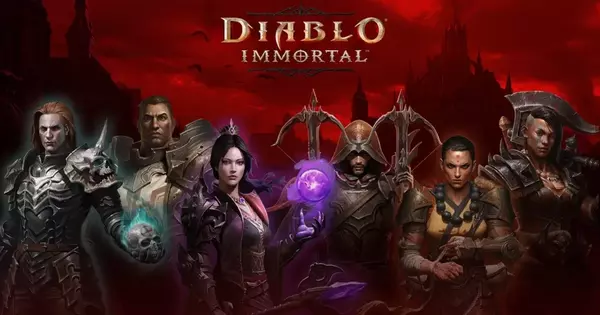
Conclusion Diablo Immortal’s pay-to-win mechanics have created a divide in the player base, leading to dissatisfaction and questions about Blizzard’s direction. By emphasizing monetary advantages, the game has compromised competitive fairness and alienated players who wish for a balanced experience. For Diablo Immortal to regain player trust and offer a rewarding experience, addressing these pay-to-win issues will be essential. Implementing fair monetization could make the game more enjoyable, preserving the franchise’s legacy and player loyalty.

1. Defining Pay-to-Win in Diablo Immortal
The term “pay-to-win” refers to games where spending real money grants players an advantage over others.H3: How Pay-to-Win is Structured in Diablo Immortal
In Diablo Immortal, players can purchase in-game items, legendary crests, and gems, which directly enhance character power. This advantage makes it challenging for free-to-play players to compete with those willing to spend.H4: Difference from Other Diablo Titles
Unlike past Diablo games, where items and upgrades were earned through gameplay alone, Diablo Immortal allows purchases, introducing an imbalance that wasn’t present in previous entries.2. The Role of Legendary Crests and Gems
Legendary crests and gems are key items that offer significant boosts to character power but are primarily accessible through microtransactions.H3: Power Enhancement Through Legendary Crests
Legendary crests allow players to access Elder Rifts, which drop rare, powerful items. These items can drastically improve a character’s effectiveness, creating a gap between paying and non-paying players.H4: Gem Tiers and their Impact on Gameplay
High-tier gems increase player strength considerably. While lower-tier gems are available to free players, top-tier gems, which provide the highest power boost, are more accessible through real money.3. Discrepancies in PvP Competitiveness
The pay-to-win model has a direct impact on PvP (Player vs. Player) gameplay in Diablo Immortal, affecting fairness.H3: Impact on Free Players in PvP
Free-to-play players often find themselves at a disadvantage in PvP. High-paying players with powerful gear and upgrades can easily outmatch them, leading to frustration among non-paying players.H4: Balancing Efforts by Blizzard
Blizzard has attempted some balancing measures, but the disparity in power levels due to paid enhancements still remains, leading to criticism that PvP is less about skill and more about spending.4. The Grind vs. Spend Dilemma
Diablo Immortal requires a substantial time investment for players who don’t want to spend money, leading to a grind-heavy experience for free players.H3: Time Investment for Progress
For players unwilling to spend, Diablo Immortal demands a significant grind to reach higher power levels. This impacts player enjoyment and can make progress feel slow and unrewarding.H4: Comparison with Paying Players’ Progress
Players who spend money progress significantly faster, bypassing the grind. This creates a situation where free players struggle to keep up with paying players, even with extended playtime.5. How Monetization Affects Player Retention
Pay-to-win elements often impact player retention, as players are more likely to leave a game they find unfair.H3: Effects on Casual and Competitive Players
Casual players may feel demotivated when they cannot compete against paying players, while competitive players may leave, feeling that the game prioritizes spending over skill.H4: Community Division and Its Consequences
The pay-to-win model has led to a divide within the Diablo Immortal community, with some players feeling discouraged and even resentful, impacting the game’s long-term player retention.
6. Comparing Diablo Immortal’s Monetization to Other Games
Diablo Immortal’s monetization has been widely criticized, especially when compared to other games in the action RPG genre.H3: Free-to-Play Games with Balanced Monetization
Many free-to-play games provide a fair experience by offering only cosmetic items for purchase. Diablo Immortal’s monetization model contrasts with this, as it directly affects gameplay.H4: Lessons from Other Game Models
Successful games that avoid pay-to-win mechanics focus on balancing paid and unpaid players, offering cosmetic rewards that do not impact competitive fairness.7. The Impact on Blizzard’s Reputation
The pay-to-win controversy has affected Blizzard’s reputation among long-time fans and new players alike.H3: Reactions from Long-time Diablo Fans
Many long-time Diablo fans were disappointed, as they expected Diablo Immortal to stay true to the franchise’s gameplay focus rather than relying on microtransactions.H4: The Broader Impact on Blizzard’s Legacy
This controversy has broader implications for Blizzard, as players question the company’s commitment to fair and engaging gameplay across all its titles.8. Understanding the “Whale” Effect
“Whales” are players who spend large amounts of money on in-game purchases, significantly influencing Diablo Immortal’s pay-to-win dynamics.H3: How Whales Skew the Game’s Balance
Whales can dominate the competitive aspects of Diablo Immortal, leaving regular players at a disadvantage and skewing the balance towards those willing to spend more.H4: The Effect on Free Players’ Experience
The presence of whales in Diablo Immortal discourages free players from participating in competitive modes, as they often find it impossible to keep up without significant monetary investment.9. Player Feedback and Blizzard’s Response
Player feedback has been loud and clear regarding the pay-to-win aspects of Diablo Immortal, but responses have been limited.H3: Community Reactions and Criticisms
Players have taken to forums and social media to express their frustrations, urging Blizzard to address the pay-to-win issue and make the game more accessible for free players.H4: Blizzard’s Adjustments So Far
While Blizzard has made some adjustments to pricing and progression, many players feel that these changes have been insufficient, calling for a complete overhaul of the monetization model.10. Possible Solutions for a Fairer Diablo Immortal
For Diablo Immortal to improve its balance and retain players, adjustments to its monetization model could be crucial.H3: Offering Cosmetic-Only Purchases
Blizzard could limit purchases to cosmetics that don’t affect gameplay. This would allow players to support the game financially without impacting balance.H4: Creating an Earnable Path for All Upgrades
Providing all players with a realistic path to earn upgrades, even if it takes time, could encourage more people to play without paying.
Conclusion Diablo Immortal’s pay-to-win mechanics have created a divide in the player base, leading to dissatisfaction and questions about Blizzard’s direction. By emphasizing monetary advantages, the game has compromised competitive fairness and alienated players who wish for a balanced experience. For Diablo Immortal to regain player trust and offer a rewarding experience, addressing these pay-to-win issues will be essential. Implementing fair monetization could make the game more enjoyable, preserving the franchise’s legacy and player loyalty.

















